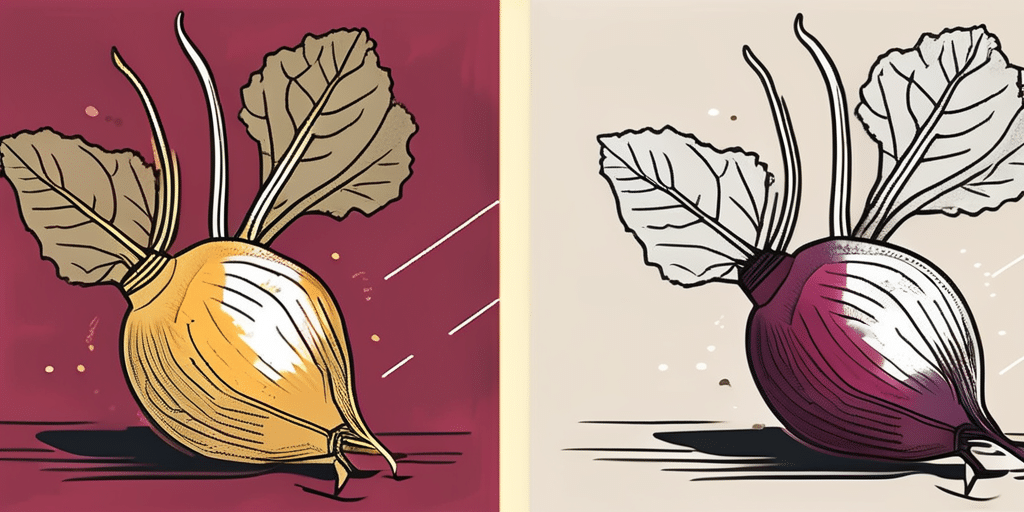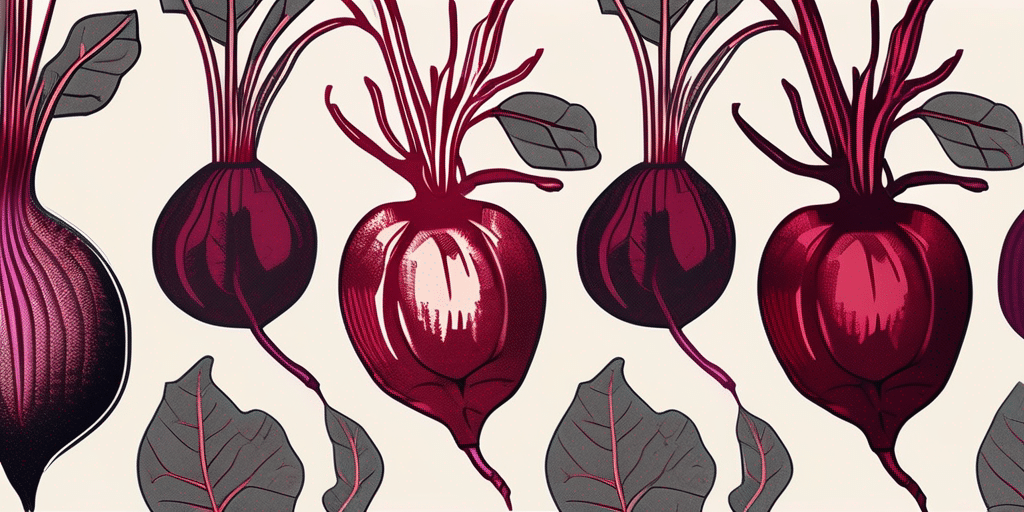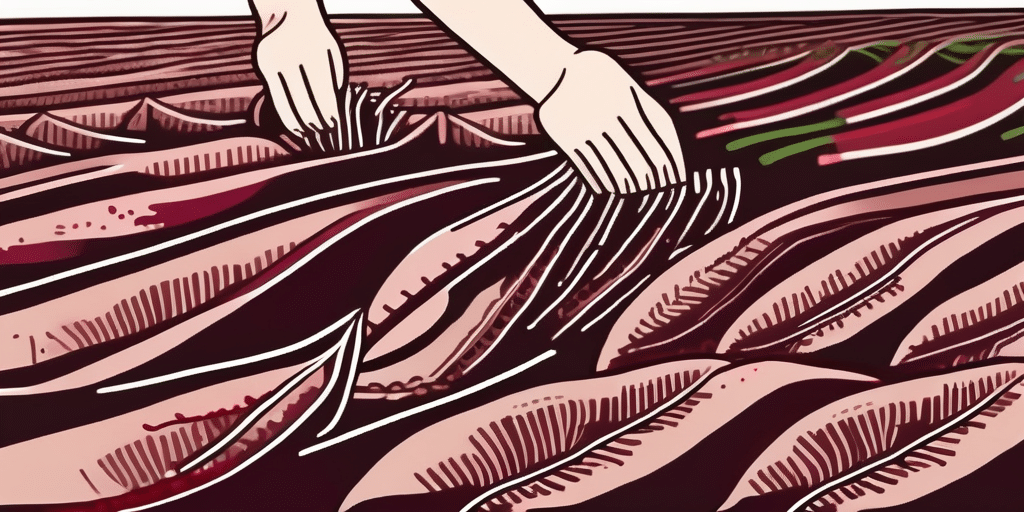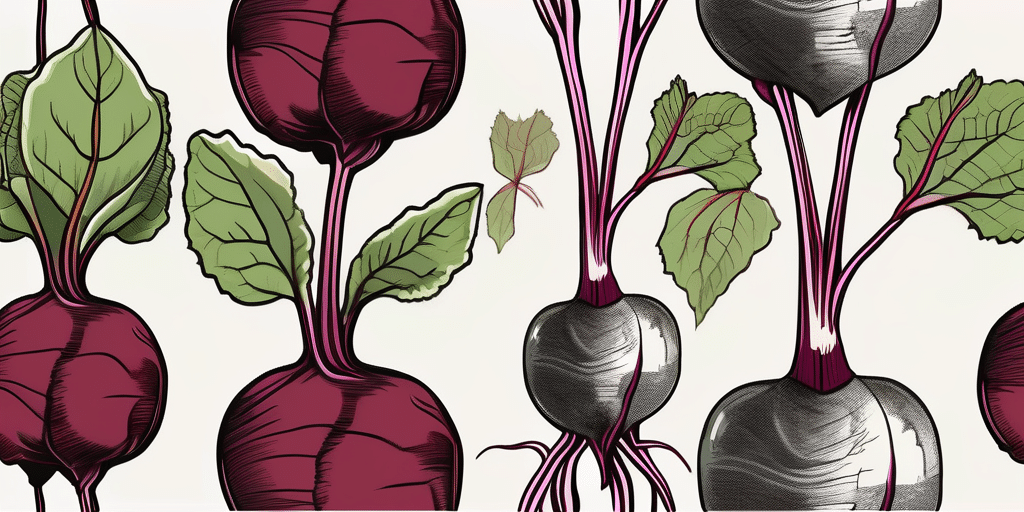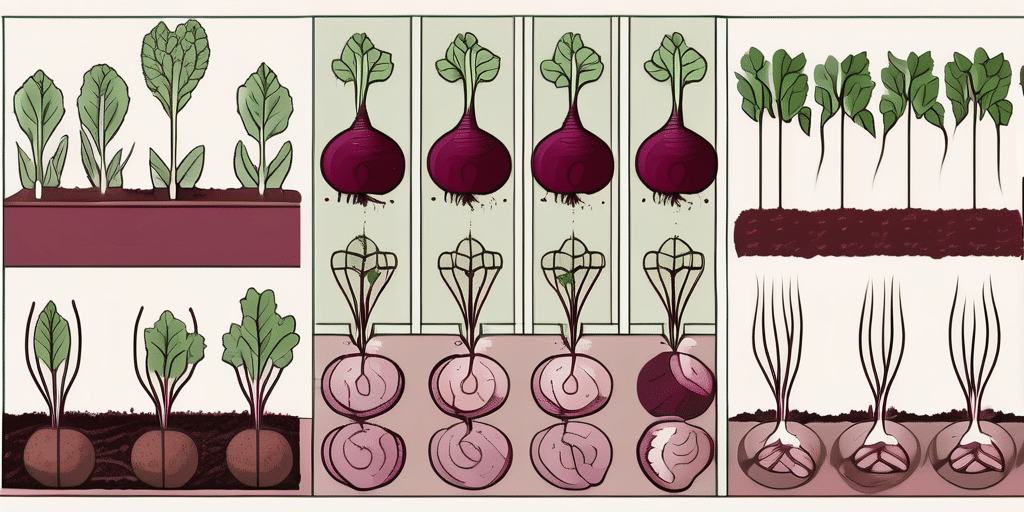The Ruby Queen beet is a popular variety of beetroot known for its deep red color, sweet flavor, and smooth texture. It’s a favorite among gardeners and farmers alike due to its hardiness and adaptability. However, like all plants, it requires specific care and attention to thrive. One of the most crucial aspects of growing Ruby Queen beets is proper watering. In this guide, we’ll explore the best practices for watering these vibrant vegetables.
Understanding the Importance of Watering
Water is a fundamental requirement for all plants, including Ruby Queen beets. It’s essential for various physiological processes such as photosynthesis, nutrient transport, and temperature regulation. Without adequate water, plants can’t function properly and may eventually die.
According to the USDA, beets are 88% water. This high water content is one of the reasons why beets need regular watering to grow and develop properly. However, the amount and frequency of watering can significantly affect the health and yield of your beet crop.
The Role of Water in Beet Growth
Water plays a vital role in the growth and development of beets. It aids in the absorption of nutrients from the soil, which are then transported to different parts of the plant. Additionally, water is crucial for the process of photosynthesis, where plants convert sunlight into energy.
Moreover, water helps in maintaining the plant’s turgidity, which is essential for the structural integrity of the plant. A lack of water can lead to wilting and stunted growth. On the other hand, overwatering can lead to root rot and other diseases. Therefore, it’s crucial to strike a balance when watering your Ruby Queen beets.
How to Water Ruby Queen Beets
Now that we understand the importance of watering, let’s delve into the specifics of how to water Ruby Queen beets. The key is to provide a steady supply of water without over-saturating the soil. Here’s a step-by-step guide:
- Water the soil thoroughly before planting the beet seeds. This initial watering helps to prepare the soil for the seeds and provides the necessary moisture for germination.
- After planting, water the seeds lightly but regularly. The soil should be kept moist but not waterlogged. Overwatering can lead to seed rot and poor germination.
- Once the seedlings have emerged, continue to water regularly. The soil should never dry out completely. However, avoid overwatering as this can lead to root rot.
- As the beets grow, they will require more water. Increase the frequency of watering as the plants mature. A good rule of thumb is to water deeply once a week, ensuring the water reaches the root zone.
- During dry periods or in hot weather, you may need to water more frequently. Monitor the soil moisture levels and adjust your watering schedule as necessary.
Best Time to Water
The best time to water Ruby Queen beets is early in the morning. Watering in the morning gives the water a chance to soak into the soil before the heat of the day causes it to evaporate. Moreover, it helps to reduce the chances of fungal diseases that can thrive in damp, cool conditions overnight.
If you can’t water in the morning, the next best time is late in the afternoon or early evening. However, ensure the leaves have time to dry before nightfall to prevent the onset of fungal diseases.
Factors Influencing Watering Needs
Several factors can influence the watering needs of your Ruby Queen beets. These include the soil type, weather conditions, and the stage of growth of the beets.
Soil Type
The type of soil in your garden can significantly affect the watering needs of your beets. Sandy soils drain water quickly and may require more frequent watering. On the other hand, clay soils retain water for longer and may require less frequent watering. It’s essential to understand your soil type and adjust your watering schedule accordingly.
Adding organic matter to your soil can improve its water-holding capacity and nutrient content. Compost, well-rotted manure, or leaf mold can be excellent additions to your soil.
Weather Conditions
Weather conditions can also influence how often you need to water your beets. In hot, dry weather, you may need to water more frequently to prevent the soil from drying out. Conversely, in cool, wet weather, you may need to water less frequently.
It’s important to monitor the weather and adjust your watering schedule as necessary. Remember, the goal is to keep the soil consistently moist but not waterlogged.
Stage of Growth
The stage of growth of your beets can also affect their watering needs. Young seedlings require consistent moisture to establish their root systems. As the beets mature, they develop deeper root systems and can tolerate slightly drier conditions. However, they still require regular watering to produce large, juicy beets.
During the final stages of growth, you can reduce watering slightly. This can help to concentrate the sugars in the beets, enhancing their flavor.
Conclusion
Watering is a crucial aspect of growing Ruby Queen beets. With the right watering practices, you can ensure healthy growth and a bountiful harvest. Remember, the key is to provide consistent moisture without overwatering. By understanding your soil type, monitoring the weather, and adjusting your watering schedule as necessary, you can grow vibrant and delicious Ruby Queen beets in your garden.
Join Our Gardening Community
Ready to take your Ruby Queen beets and the rest of your garden to the next level? Subscribe for free to How to Grow Everything and learn how to build the garden of your dreams! Receive personalized gardening advice tailored to your location, grow zone, and experience level. Enjoy the best gardening tips, special offers, and deals delivered directly to your inbox—no spam, just valuable insights from our family to yours. Start growing smarter with thousands of free articles at your fingertips. Join us now and watch your garden flourish!

